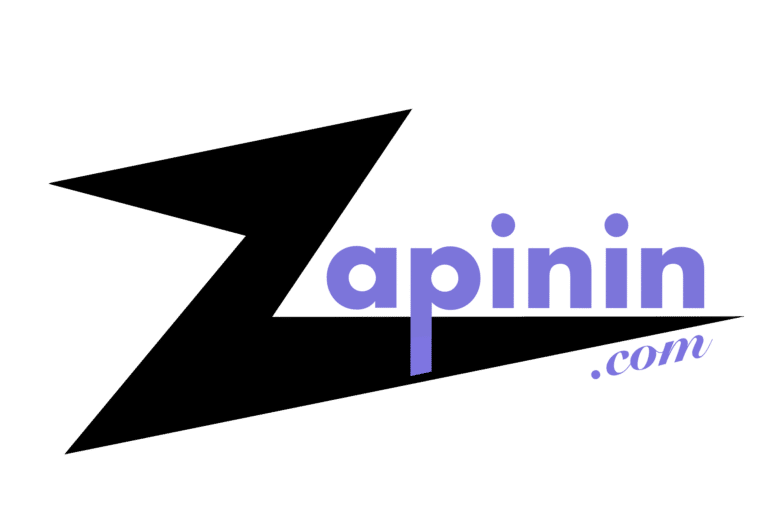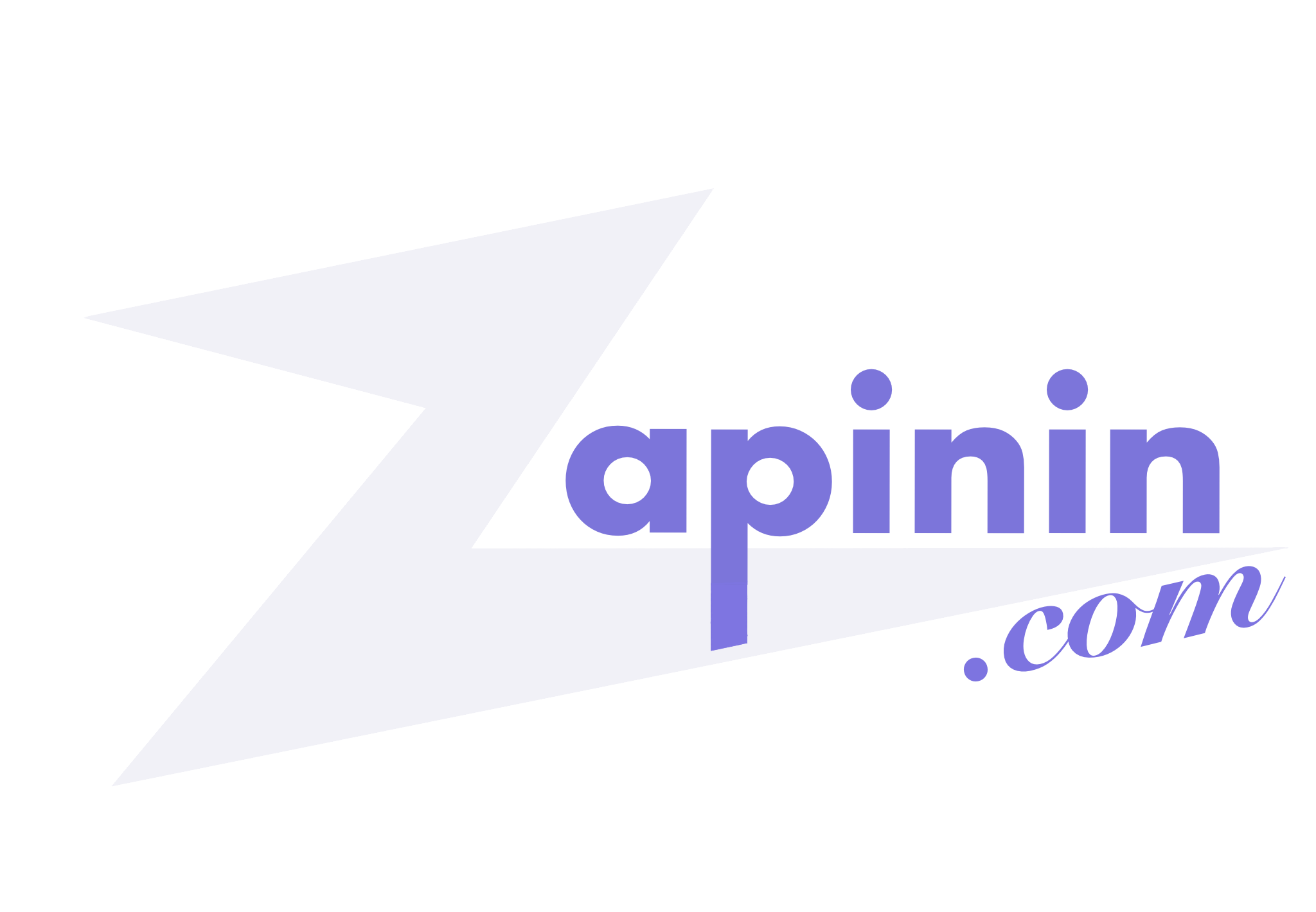Digital Mortgage
With the increased use of digital tools, the mortgage process looks quite different today than it did for previous generations. These new technologies can make the home loan process more efficient for both those buying a home and those refinancing their mortgage. However, it’s important to understand how your information is being used.
To help ensure you’re a savvy loan applicant, Freddie Mac is providing answers to some commonly asked questions about digital mortgage tools:
Why do lenders use digital mortgage tools? Lenders have traditionally relied on printed documentation that requires them to manually review your application before deciding if you qualify for a loan, including for how much and on what terms. This can be a time-consuming process for both the homebuyer and the lender. Digital mortgage underwriting tools allow lenders to expedite the process by using electronic documents and automation to more efficiently evaluate your loan application. Freddie Mac research has found that these tools can decrease the loan origination timeline and may also save you money in closing costs.
In addition, the digital tools mortgage lenders use may help you qualify for a loan if you have a limited credit profile by looking at factors such as your history of on-time rent payments or the amount of money coming into and out of your bank account each month. This helps demonstrate your ability to pay your mortgage each month.
What information will my lender ask for? Not only will the way you provide documentation change, but in some instances the information your lender evaluates will change as well. For instance, you may be asked to provide access to digital accounts, such as your bank account, instead of providing printed bank statements. By using digital tools, lenders can get a more detailed view of your finances, which helps them lend to you if you are a harder-to-underwrite buyer. Specific requirements may vary by lender — some may prefer a fully-digital process while others may use a combination of printed and electronic documents. Talk to your lender to get a better understanding of their loan application process.
What if I’m not comfortable providing my information? Though your lender will have a more detailed look at your finances through a fully-digital process, keep in mind that digital documents often provide a higher level of security than printed documents. If you still prefer not to share digital access to your personal information, your lender should understand your concerns and be willing to work with you on an alternative solution. If not, you can find a different lender who is willing to accommodate a loan application process that is not digital. In either scenario, you should always take steps to ensure your personal information is protected and remain vigilant against potential fraud. You can help mitigate your risk of fraud and identity theft by researching lenders and working only with reputable companies that take steps to protect their customers’ information.
Learn more about the mortgage application process with Freddie Mac’s step-by-step guides to homebuying and refinancing, which are available at myhome.freddiemac.com.
As the housing finance industry continues to modernize, you can expect a faster, easier home loan process. Staying knowledgeable about these new tools can ensure there are no surprises when it comes time to secure a loan. (StatePoint)

For More Personal Finance News Visit www.zapinin.com/personal-finance

